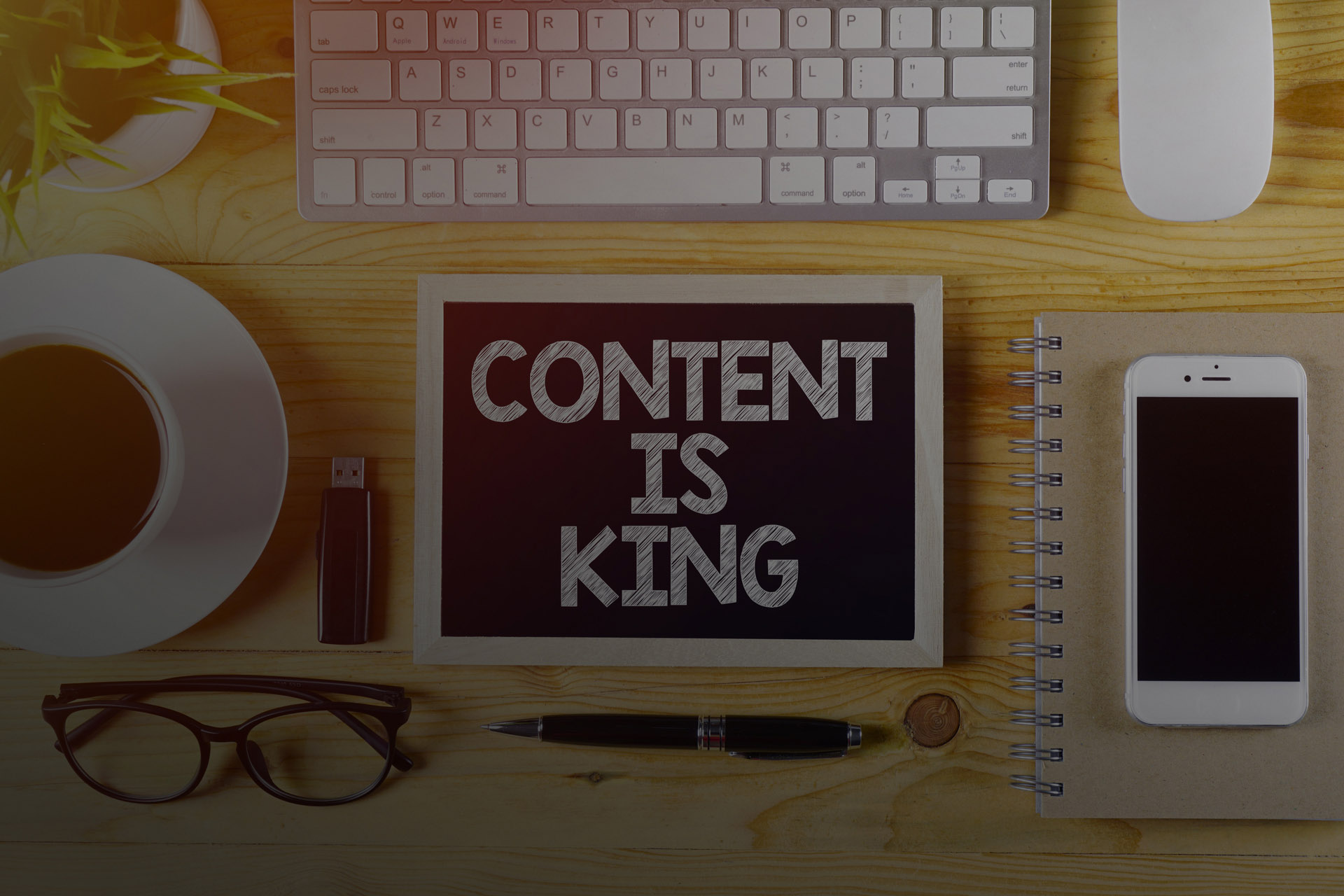Multichannel Marketing and Omnichannel Marketing
Multichannel Marketing and Omnichannel Marketing have the common goal of involving the customer. To manage the content on which they are based you need a PIM like that of EKR

Content is the gateway to the digital presence: “Content is the King”, as old Bill once said!
You may have heard of Omnichannel Marketing and Omnichannel Marketing. Their goal is to best involve the customer (such or potential) in all channels and phases of their product purchase and use process, offering them an experience that is as “holistic” as possible.
What are?
Multichannel Marketing is when a company connects with its users through a variety of channels. For example, the website, printed catalogs, a mobile app, a totem in the local store. Each channel has its own system.
In omnichannel marketing, users interact with each channel directly but there is no underlying connection between the channels. For example, a user sees a brochure with the URL of the website printed. The user must copy the URL to their phone and the site may not even have the images that the brochure had or the same data.
This same situation in an Omnichannel Marketing approach would be slightly different. The brochure would have a scannable QR code. The user scans the code and is directed to a landing page that is visually similar to the brochure. Where a discount is offered when using the same brochure in the store, or a custom code is shown to use as a discount in the online store.
So what’s the difference between Omnichannel marketing and Omnichannel marketing?
The main difference between Omnichannel and Omnichannel marketing is the role of the customer.
In multichannel marketing, the user connects to the brand’s marketing channels in different situations. Every step of the customer journey is governed by choice. The user chooses based on the choices that the company has made for him.
In Omnichannel marketing, the customer is at the center of attention at all levels. The channels work in unison to offer the user / customer the best possible experience. It is a “seamless” experience. Omnichannel marketing also involves the collection of data from each user and the personalization of their experience across all channels.
In the end, everything is based on the possibility of flooding it with relevant and quality content.
- We must provide correct, consistent, secure information, which comes from reliable sources. We must use the right platforms (my site, aggregator portal, marketplace, totem, etc.). We must give it to the right audience, to the right audience (it is different if a end customer, or a technician, or a reseller, etc.).
- At the right time (exactly when he is looking for it or expects it or needs it, e.g. when the product does not work!).
- Through the right channels (static text, hypertext, video, podcast).
- With the right configuration (catalog, data sheet, instruction sheet, label, offer flyer,).
- In the right formats and versions (paper, PDF, web, app, multimedia).
- Last but not least in the right language (exactly the language of the reader!).
Leave a Reply